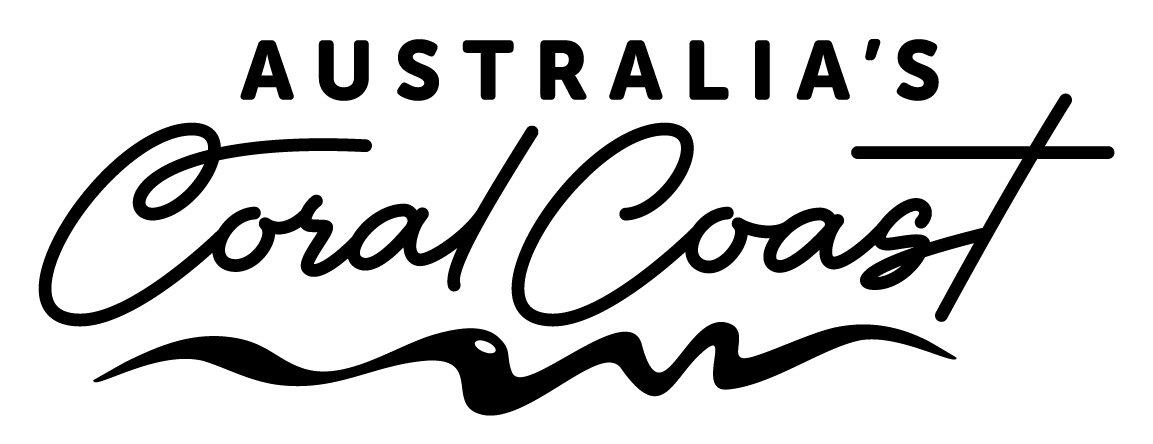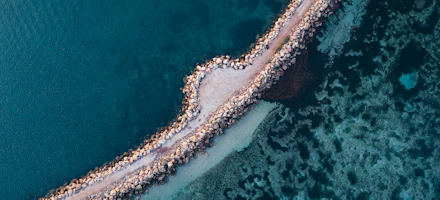
Houtman Abrolhos Islands
The Houtman Abrolhos Islands, more commonly referred to as the Abrolhos Islands, and their surrounding coral reef communities form one of Western Australia's unique marine areas.
The Islands lie about 60 kilometres west of Geraldton, on the Western Australian coast, and consist of 122 islands clustered into three main groups: the Wallabi Group, Easter Group and Pelsaert Group, which extend from north to south across 100 kilometres of ocean.
Often described as the Galapagos Islands of the Indian Ocean, there are few places in Australia with more biodiversity. Nature enthusiasts flock to the Abrolhos Islands for the fishing, bird watching, snorkelling and diving opportunities. The Islands are classed as National Park, and have been recognised as an Ocean Hope Spot by ocean conservation organisation Mission Blue.
The Islands have an abundance of activities to suit a variety of interests, including fishing and cray fishing; swimming, snorkelling and diving; bird watching; marine and wildlife spotting, such as sea lions, dolphins, wallabies and lizards; Island exploring; and simply relaxing in the pristine surrounds.
How to explore the Abrolhos Islands

Scenic Flight
Take to the skies and discover the magic of the Abrolhos Islands from above with Shine Aviation or Kalbarri Scenic Flights. All scenic flights operators also offer options with ground touring.

Live-aboard Cruise
Eco Abrolhos offers 5 day live-aboard cruises to the Abrolhos Islands, so you can spend longer exploring the beauty, history and nature of the archipelago.
History
The Abrolhos Islands have a rich history waiting to be discovered, with a thriving pearling industry, decades of crayfishing, and numerous shipwrecks - the most notable of which is the Batavia, wrecked on Morning Reef on 4th June 1629 following a mutiny onboard. Survivors of the wreck landed on nearby islands, with a small group building the Wiebbe Hayes Fort on West Wallabi Island, the remains of which can still be seen today.
Pearling
Pearling operations commenced on the Abrolhos Islands in the late-1990s, with the first commercial cultivation taking place in the early-2000s. Today, you can discover more about the pearling industry and browse exquisitve pieces of pearl jewellery, including the Abrolhos black pearl, at pearl shops such as Chimere Pearls and Latitude Jewellers in the heart of Geraldton.
Nature & Wildlife
The island's are often referred to as the Galapagos of the Indian Ocean for good reason - in addition to the abundance of rich marine life which inhabit the waters surrounding the islands, they are the breeding site for over 2 million sea birds across 35 species.
The islands are the northernmost habitat for the endangered Australian Sea Lion, and the warm Leeuwin current which runs past the isalnds creates an environment for both temperate and tropical marine life including crayfish, fish, coral, dolphins and rays. Migrating humpback whales can commonly be seen frolicking in the waters around the Abrolhos Islands between July and September each year.
On land, the island's are home to over 140 species of native flora and rare fauna, incuding the Tammar wallaby. Slightly larger than the quokka, the Tammar wallaby can be seen on both East and West Wallabi Islands and was the first 'kangaroo' seen by Europeans when survivors of the Batavia wreck became stranded near the Wallabi Islands in 1629.



































